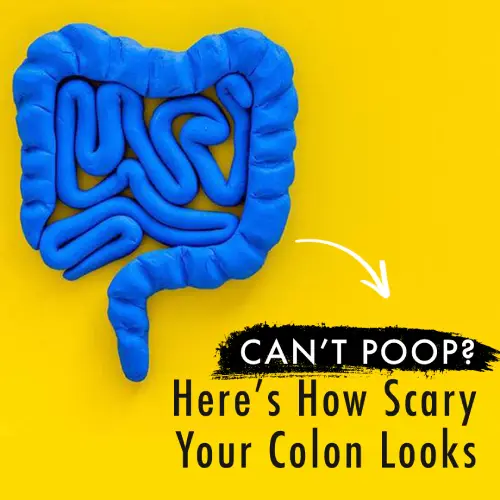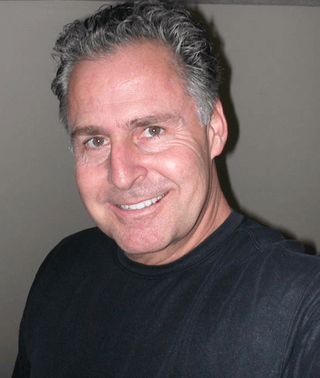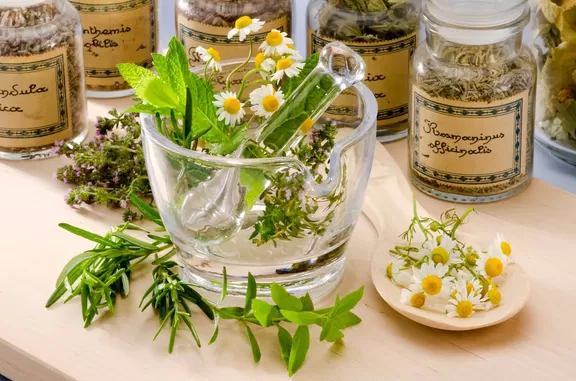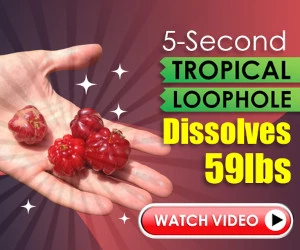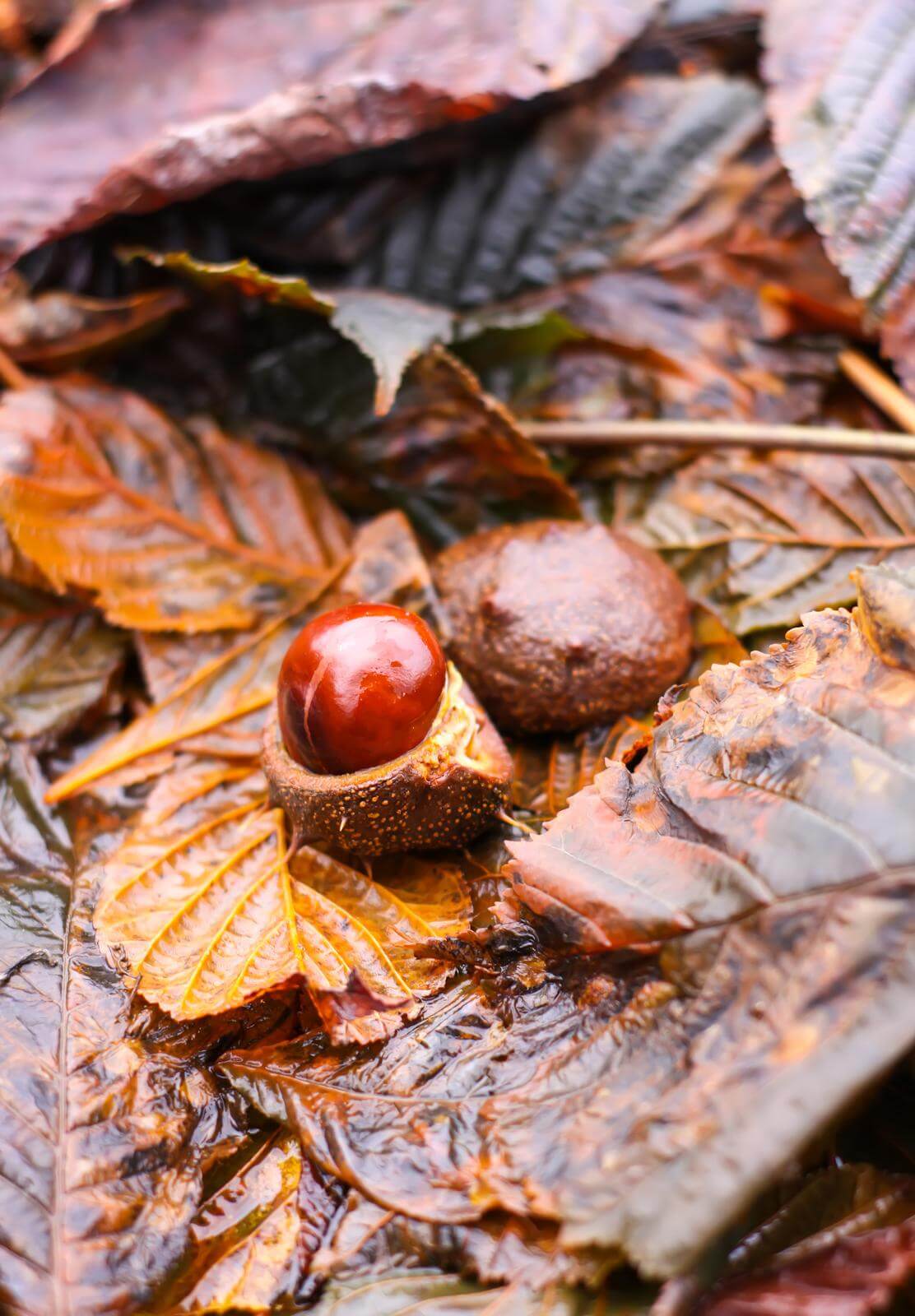
Horse chestnut (Aesculus hippocastanum) can be used as an effective hemorrhoid treatment. The phytochemical (plant chemical) aescin, present in this herb, helps blood flow out of stressed veins, reduces inflammation, and decreases capillary leakage. Yet, because horse chestnut contains a toxin called aesculin, you will want to only take standardized horse chestnut seed extract orally.
According to a 2005 study in Dermatologic Surgery(source 1) horse chestnut is used in alternative medicine as a treatment for hemorrhoids. The way it works is by inhibiting hyaluronidase (an enzyme that breaks down hyaluronic acid) and elastase (an enzyme with the primary role of breaking down elastin, a protein that gives elasticity to connective tissue), inhibiting leukocyte (white blood cell) activation, decreasing capillary permeability, and causing vasoconstriction (contracting blood vessels via small muscles in their walls).
Aescin is the most active chemical constituent of horse chestnut.(source 1) The bark of this tree, as well as the seeds, has been described as containing the saponin mixture aescin.(source 2)
According to a 1999 study in the International Journal of Cosmetic Science,(source 2) horse chestnut can be used to treat hemorrhoids. Extracts of the seeds of horse chestnut trees are well established treatments for hemorrhoids and other conditions such as varicose veins, inflammation of the veins (phlebitis), enlargement of the prostate, fever, diarrhea, rheumatism, rectal problems, and neuralgia. Typical therapy is by orally ingesting 0.5 to 1.2 ml of liquid seed extract per day.
In addition to using the seed extract orally, horse chestnut can be used topically. The bark and the leaves of this tree are also utilized as therapeutic agents. The bark is used in folk medicine as an astringent for hemorrhoids.(source 2)
A 2018 study in the Turkish Journal of Colorectal Disease(source 3) states horse chestnut is commonly used as a hemorrhoid treatment. The ability of horse chestnut to treat hemorrhoids seems largely due to aescin. This study states the venotonic (maintains the structure and integrity of veins and improve venous return; tonic herbal medicines improve the tone and functionality of the venous system), anti-edema (inhibits swelling), and anti-inflammatory properties of horse chestnut are exclusively due to aescin.
Horse Chestnut is Toxic if Ingested
Because horse chestnut contains the toxin aesculin, it should never be directly ingested. Instead, a standardized extract of horse chestnut seed, that has the aesculin removed, should be taken instead. Aesculin can cause a significant toxic response, and even possibly prove fatal. Therefore, do not eat the seeds, or any other part, of this tree!
Naturally Treat Hemorrhoids in 48 Hours
Jessica Wright’s unique 5-step, all-natural approach to hemorrhoid treatment delivers permanent relief. Heal hemorrhoids in 48 hours, and eliminate the root cause in 30 to 60 days.
Benefit from Jessica’s 12 years of research; her book is backed by a 60 day, 100% money back guarantee.

Venous Insufficiency, Hemorrhoids, & Horse Chestnut
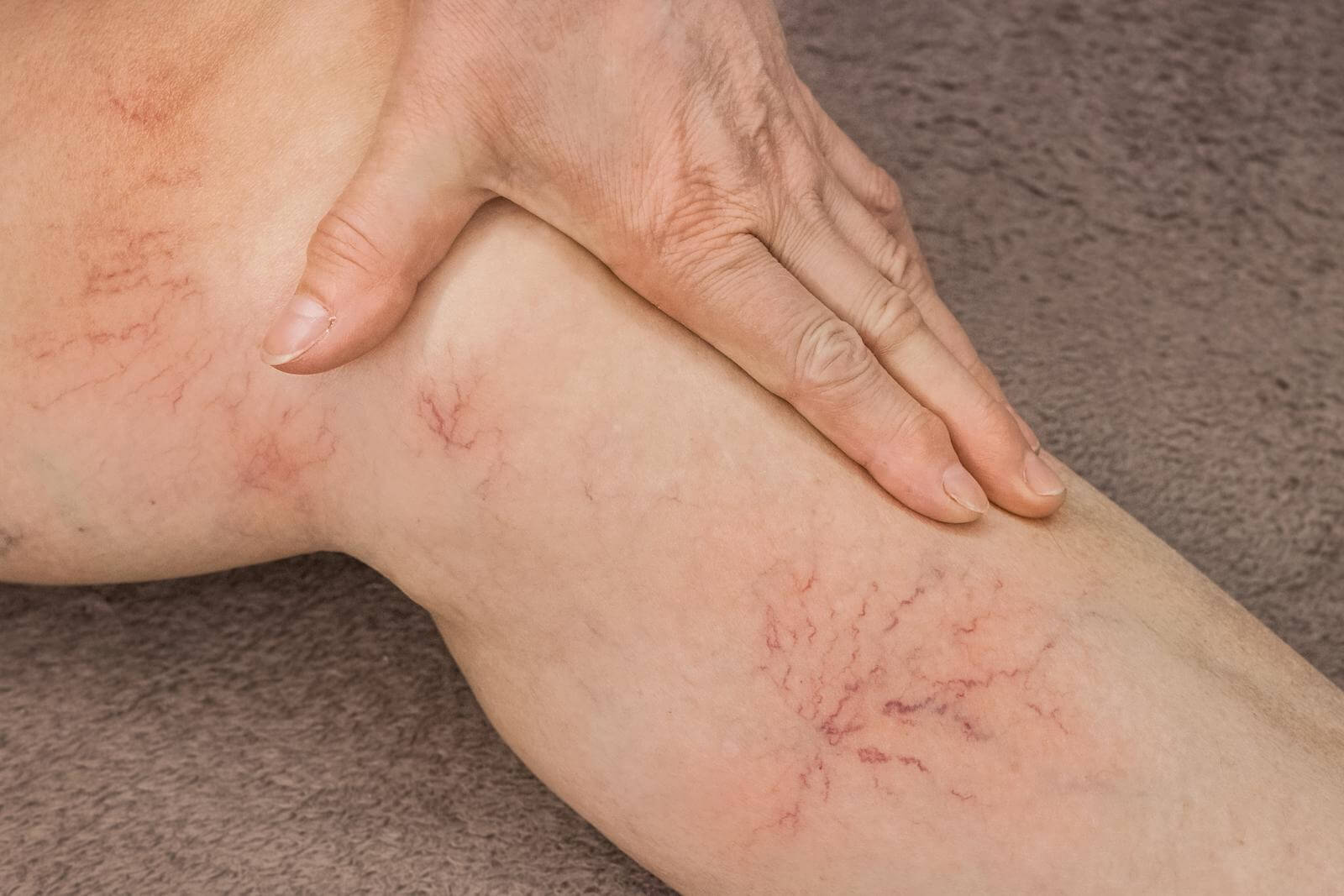
Hemorrhoids are essentially varicose veins in the anus. According to the University of Rochester Medical Center,(source 4) hemorrhoids and varicose veins are swollen and twisted veins, just in different parts of the body. When varicose veins form in the rectum, they are called hemorrhoids. Thus, since the two conditions are practically identical, they may have similar etiologies (manner of causation of a disease or condition).
Varicose veins can be a result of a condition known as chronic venous insufficiency (CVI).(source 5) This is a condition that involves having difficulty draining blood from the lower part of the body and back to the heart.
Superficial veins, i.e. veins closer to the surface of the skin, are often the veins that are involved. The branches that come off of these veins develop into varicose veins; which are bulging veins that you can see on the surface of the skin.
A 2020 study in the Journal of Gastroenterology and Hepatology(source 6) analyzed 5,617 adult patients that attended a consultation for hemorrhoidal problems. A questionnaire was completed by physicians with the objective of trying to assess a correlation between hemorrhoidal disease and chronic venous disease.
It is important to note that CVI is a term referring to the more advanced stages of chronic venous disease.(source 7)
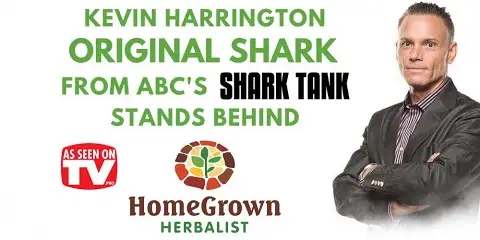
Comprehensive Herbalist School
Dr. Patrick Jones, founder of the HomeGrown Herbalist School of Botanical Medicine has been a practicing veterinarian for over 25 years. He is also a clinical herbalist and traditional naturopath.
Kevin Harrington, Original Shark from ABC’s Shark Tank, stands behind Dr. Patrick Jones and HomeGrown Herbalist.
Learn More
Comprehensive Herbalist School
Dr. Patrick Jones, founder of the HomeGrown Herbalist School of Botanical Medicine has been a practicing veterinarian for over 25 years. He is also a clinical herbalist and traditional naturopath.
Kevin Harrington, Original Shark from ABC’s Shark Tank, stands behind Dr. Patrick Jones and HomeGrown Herbalist.Learn More
The study found that approximately half (51.2%) of these surveyed patients had chronic venous disease; and, it was strongly associated with an advanced level of hemorrhoidal disease.
A 2019 study in Cureus(source 8) investigated the association between hemorrhoids and lower extremity CVI. In simpler terms, the study sought to determine the incidence of varicose veins among patients with hemorrhoidal disease. The study came to the following conclusion:
Our prospective observational study demonstrated that lower extremity chronic venous insufficiency is more common in patients with hemorrhoidal disease which increases intra-abdominal pressure. A chronic increase in this pressure causes conditions, such as constipation, which trigger both lower extremity chronic venous insufficiency and hemorrhoidal disease.
Cureus [11.4 (2019)]
How Horse Chestnut can Help with Chronic Venous Disease
According to a 2001 study in Alternative Medicine Review(source 9) the loss of vascular integrity is correlated with the development of both varicose veins and hemorrhoids. And, the study points out that several botanical extracts have been demonstrated to improve vascular tone, capillary flow, microcirculation, and to strengthen the connective tissue of the perivascular amorphous substrate.
One of the botanical extracts listed as having these effects was horse chestnut. The study speculated that horse chestnut and other plant extracts could prevent the need for expensive, time consuming, and painful treatment approaches. The other plant extracts listed were as follows:
- Butcher’s broom (Ruscus aculeatus)
- Gotu kola (Centella asiatica)
- Witch hazel (Hamamelis virginiana)
- Bioflavonoids
Another study reiterating the benefits of horse chestnut for venous disorders was published in 1998 in the Archives of Internal Medicine.(source 10) The study states that the seeds of horse chestnut have long been used in Europe to treat venous problems like varicose veins.
The aescin in horse chestnut extract inhibits the activity of enzymes in a membrane-bound cell organelle called a lysosome. These lysosomal enzymes are thought to contribute to varicose veins by weakening blood vessel walls and elevating permeability; resulting in dilated veins and edema (swelling caused by excess fluid in body tissue).
Animal studies on this extract have shown a dose dependent increase in venous flow, venous tone, and lymphatic flow. Randomized, double-blind, placebo-controlled trials with horse chestnut extract demonstrated a reduction of edema.
The extract has demonstrated the ability to decrease inflammatory and lymphatic edema. It also helps to stop capillary hyperpermeability caused by chloroform, histamine, or serotonin.
Samuel Bart’s Digestive Health Solution
Samuel Bart has always been passionate about plants and their ability to keep us healthy. He has put together some of the best natural ways that could help anyone support a healthy digestive system.
Samuel perfected an easy, yet powerful formula, which consists of amazing ingredients. Bart’s supplement is backed by a ironclad 60-day, money back guarantee.

Aescin, Aesculin, & Hemorrhoids
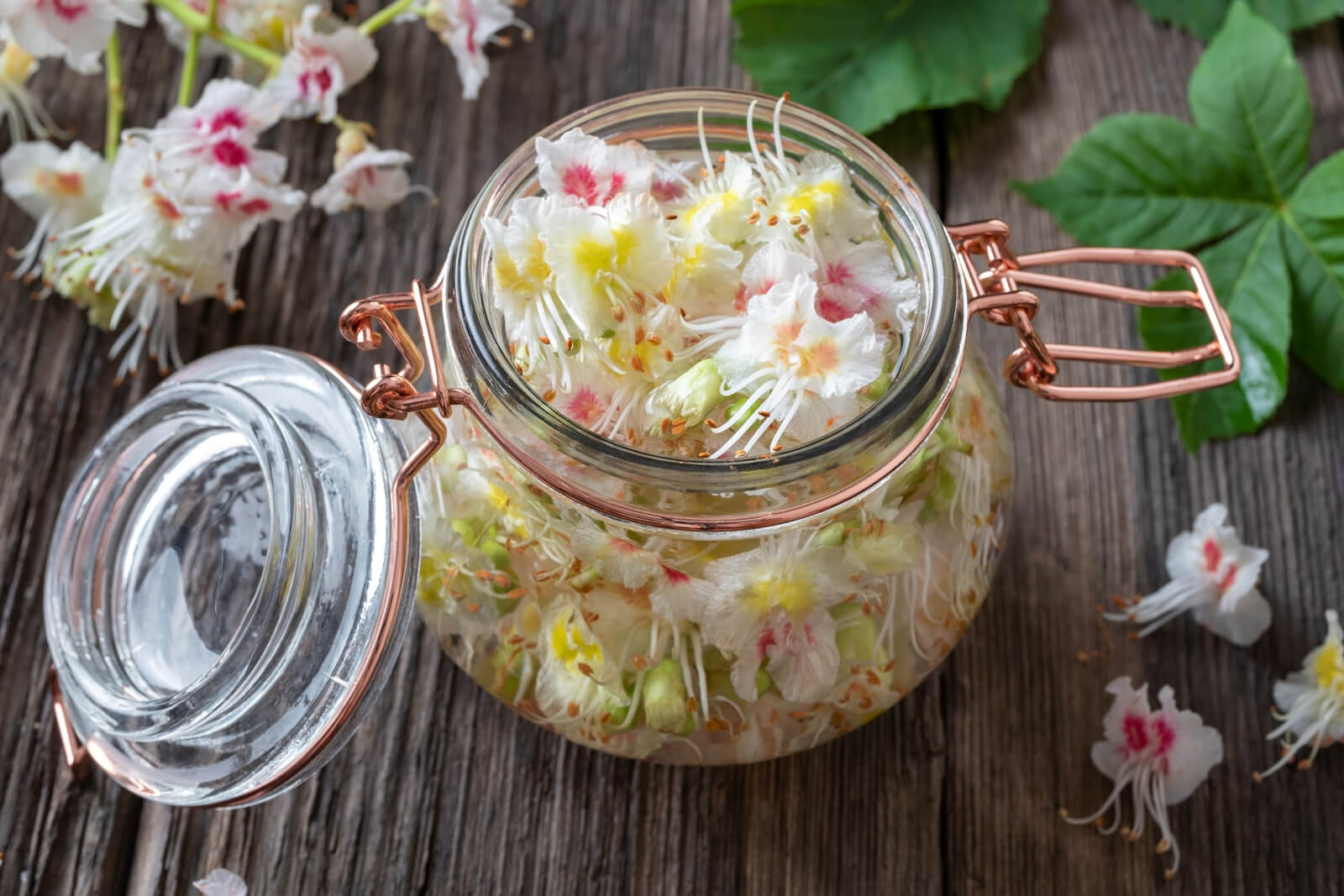
Horse chestnut contains both the saponin aescin (escin) and the toxic glycoside aesculin (esculin).
Saponins are phytochemicals (plant chemicals) which help shield plants from insects and fungal disease. Saponins generally have an anti-inflammatory effect. The saponin aescin has a vasoconstricting action and reduces vascular permeability caused by serotonin or histamine. And, this phytochemical increases venous tone via a diuretic effect.(source 11)
A 2001 study in Pharmacological Research(source 12) discussed the medicinal ability of aescin. The study states aescin is the primary active chemical in horse chestnut. This compound has demonstrated evidence as a clinically significant therapy for hemorrhoids, chronic venous insufficiency, and post-operative edema. The benefit of aescin is supported by several animal studies; indicating its ability to maintain the structure and integrity of veins and improve venous return, mitigate edema, and reduce inflammation.
The study goes on to say that all the reported studies at the time indicated that aescin was generally well tolerated. Reproduction and fertility studies did not state any undesirable effects on offspring or on male fertility. The excellent tolerability of aescin in a clinical setting demonstrates this compound can benefit hemorrhoids, peripheral edema, and chronic venous insufficiency.
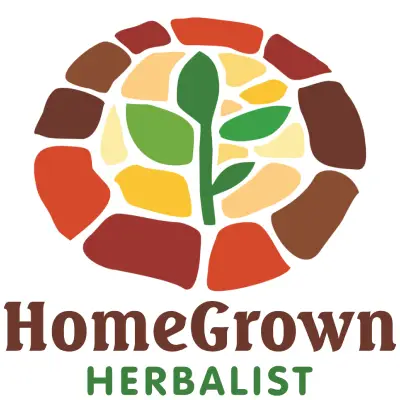
HomeGrown Herbalist Herb Shoppe
Owner of HomeGrown Herbalist Dr. Patrick Jones is a practicing veterinarian, Clinical Herbalist, and traditional naturopath. He owns and operates Fairview Animal Hospital in Buhl, ID.
Their herb shoppe provides herbs, essential oils, and tools. If you have some time, check it out!
Learn More
HomeGrown Herbalist Herb Shoppe
Owner of HomeGrown Herbalist Dr. Patrick Jones is a practicing veterinarian, Clinical Herbalist, and traditional naturopath. He owns and operates Fairview Animal Hospital in Buhl, ID.
Their herb shoppe provides herbs, essential oils, and tools. If you have some time, check it out!Learn More
When taken orally, aescin is not well absorbed; undergoing a substantial first-pass effect (a phenomenon of drug metabolism that results in a reduced concentration of the active drug upon reaching its site of action or the systemic circulation). The half life of the drug in the body is 10 to 20 hours, with peak plasma levels occurring 2 to 3 hours after ingestion.(source 13)
Aesculin is Toxic when Ingested
The toxic principle of horse chestnut is the glycoside aesculin (6,7-dihydroxycoumarin 6-glucoside).(source 14) This glycoside is toxic primarily because it breaks down proteins in the blood. Yet, it is only harmful when ingested; handling parts of the horse chestnut tree does not pose danger.
According to the University of Wisconsin-La Crosse Horse Chestnut website:(source 15)
Horse Chestnut poisoning is often characterized by vomiting, nausea, enlarged pupils, paralysis, diarrhea, muscle weakness and twitching, kidney problems, coma, and even fatality if enough is ingested.
"Aesculus hippocastanum Horse Chestnut." University of Wisconsin-La Crosse
A 2012 study in Global Advances in Health and Medicine(source 16) also discussed the toxicity of aesculin. According to the study, aesculin is a toxic chemical found in unprocessed horse chestnut seeds. The study reported the following about aesculin:
This toxin may increase the risk of bleeding due to its ability to prevent blood clots from forming. The unprocessed seeds are poisonous, and symptoms associated with horse chestnut seed poisoning include vomiting, diarrhea, headache, confusion, weakness, muscle twitching, poor coordination, coma, and paralysis. Horse chestnut seeds are therefore processed to remove the toxic component, resulting in purified horse chestnut seed extract…
Global Advances in Health and Medicine [1.1 (2012): 122]
Dr. John Herzog (MD)
Dr. John Herzog, a "survival surgeon" from Maine explains what home remedies work best in a crisis situation.
This may be important in the event you require first-aid or are in an emergency situation without easy access to a hospital. Dr. John Herzog has assembled a large collection of home remedies for such scenarios.

Horse Chestnut Reduces Inflammation
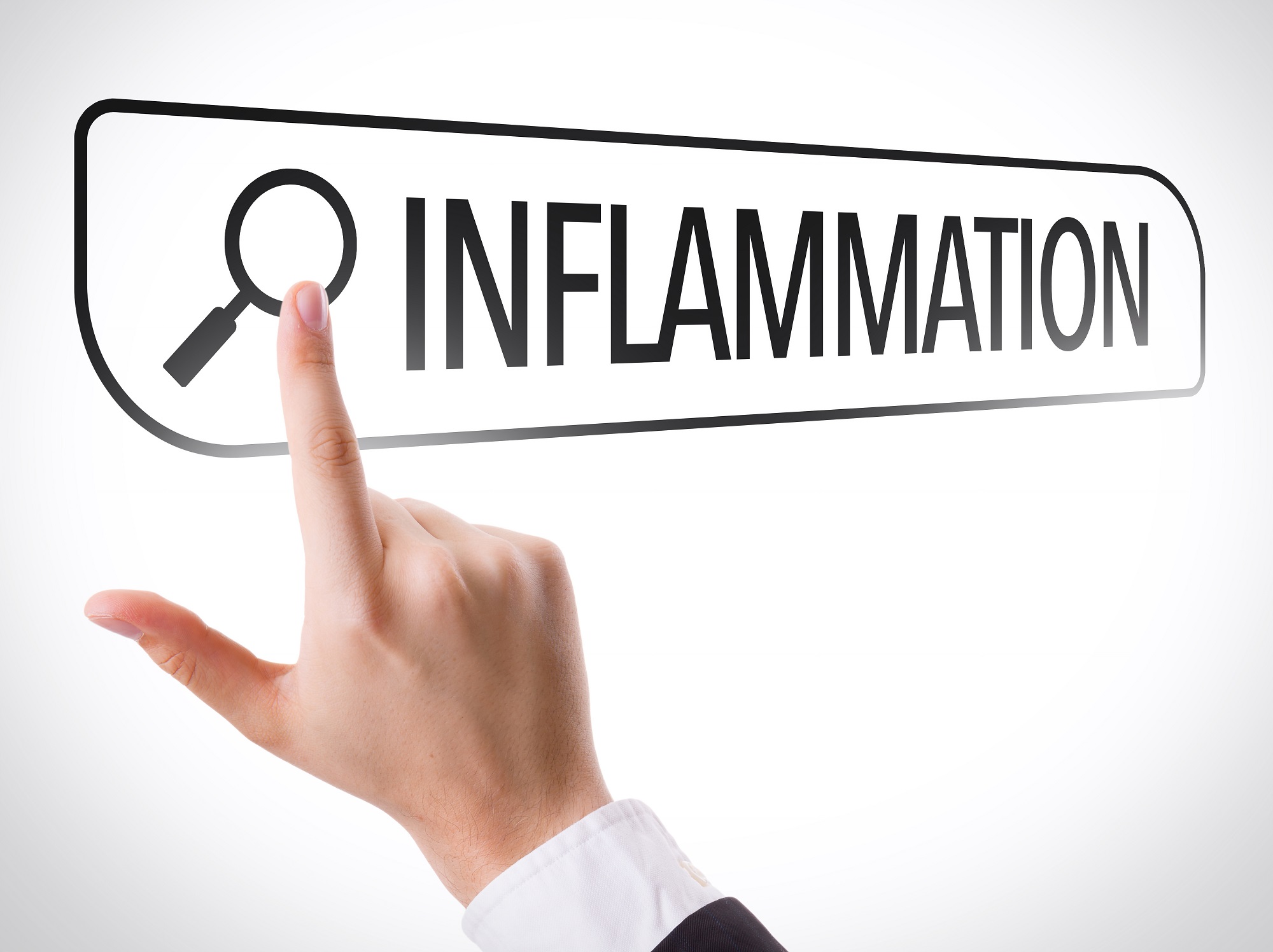
The inflammation process is a normal part of the immune system’s response to infection or injury. The acute phase of inflammation causes pain, redness, heat, and swelling. The normal outcome of acute inflammation is a repair of tissue damage; but, if it persists and becomes dysfunctional, adverse consequences can result. Excessive tissue damage, chronic inflammation of abnormal cells in tissue, and a predisposition to auto-immunity can result from dysfunctional inflammation.(source 20)
A 2006 study in Journal of Veterinary Medical Science(source 18) evaluated the anti-inflammatory effects of Japanese horse chestnut (Aesculus turbinata) seed extract in vivo (in the living) and in vitro (in a test environment).
The study found the extract inhibited cyclooxygenase 1 & 2 (COX-1, COX-2). COX-2 was inhibited at lower concentrations than COX-1. The study also found that the saponins and coumarins in the extract did not inhibit COX.
There are two types of COX, COX-1 and COX-2. Both are enzymes that play a role in the inflammation process by catalyzing the conversion of arachidonic acid to prostaglandin H2, the precursor of prostaglandin and thromboxane.(source 19)
Nonsteroidal anti-inflammatory drugs (NSAIDs) inhibit both forms of COX; and consequently can reduce prostaglandins to undetectable levels.(source 19)
Prostaglandins are lipids that are produced in a wide variety of cells. They act on the cells that produce them or on cells close by and are a type of hormone.(source 21)

Comprehensive Herbalist School
Dr. Patrick Jones, founder of the HomeGrown Herbalist School of Botanical Medicine has been a practicing veterinarian for over 25 years. He is also a clinical herbalist and traditional naturopath.
Kevin Harrington, Original Shark from ABC’s Shark Tank, stands behind Dr. Patrick Jones and HomeGrown Herbalist.
Learn More
Comprehensive Herbalist School
Dr. Patrick Jones, founder of the HomeGrown Herbalist School of Botanical Medicine has been a practicing veterinarian for over 25 years. He is also a clinical herbalist and traditional naturopath.
Kevin Harrington, Original Shark from ABC’s Shark Tank, stands behind Dr. Patrick Jones and HomeGrown Herbalist.Learn More
Prostaglandins have a critical role in the causation of the inflammatory response. These hormones are synthesized more in inflamed tissue and they contribute to the signs of the acute phase of inflammation.(source 20)
Thromboxane is a substance produced by platelets that helps block blood vessels through clotting, its primary role during inflammation or injury is to reduce blood loss.(source 22)
Aescin is Anti-Inflammatory
A 2020 study, published in Natural Product Communications,(source 23) discussed aescin’s role as an anti-inflammatory compound. The study states the anti-inflammatory and anti-edema effects of aescin have been extensively researched.
Aescin enhances internal antioxidant capacity, reduces the inflammatory reaction, upregulates glucocorticoid receptor expression; thus helps to stop acute inflammation and lessen tissue damage. Additionally, it is also able to reduce chronic inflammation.
Aescin has this effect mainly because it regulates glucocorticoid receptors.
Claire Goodall’s Amazing Guide
Clair Goodall is a bee-obsessed, natural medicine convert from Minnesota (USA). And, she does keep bees!
Clair has created 350+ page book documenting how to replace the toxic products and medications in your home with healthier, all-natural alternatives.

Horse Chestnut Dosage for Hemorrhoids
Topical Administration:
According to the renowned herbal medicine expert, the late Dr. James A. Duke (more on Dr. Duke from the U.S. Department of Agriculture), mashed horse chestnut can be used as a poultice. He states in his book Dr. Duke’s Essential Herbs: "Similarly, mashed horse chestnut has been placed directly on a bruise or a site of swelling."(source 17)
Oral Doses:
An oral dose of horse chestnut seed extract (standardized to contain 16-20% triterpene glycosides calculated as aescin content) is approximately 50mg to 75mg every 12 hours.(source 13)
Doses of liquid seed extract range from 0.5 to 1.2 ml per day.(source 2)
Due to the toxic chemical aesculin, only standardized preparations of horse chestnut seed extract should be taken orally. Ingesting any other part of the plant can cause significant toxicity and possibly death.(source 13)
Heal Hemorrhoids Naturally in 48 Hours
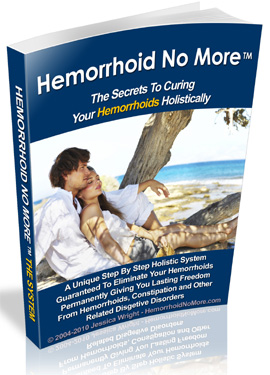
If you have tried "everything" to treat hemorrhoids, including surgery, but it didn’t work—your’re not alone. Jessica Wright experienced this same hardship due to hemorrhoids. But, with extensive research and understanding of natural medicine, she developed a solution to permanently end her hemorrhoids.
Jessica Wright wrote an entire book detailing exactly how to replicate her success. Also, it appears "Jessica Wright" is probably a pen name for a woman—and author—named Linda Allen. Linda suffered from recurrent yeast infections as well, maybe at the same time as she had hemorrhoids. She turned to natural medicine for answers when medical doctors and their solutions could not help.
Jessica’s story is one of severe and chronic hemorrhoids. It involves routine doctor’s visits, prescription medications / creams, significant suffering from hemorrhoids, and even a two hour hemorrhoids surgery (stapled hemorrhoidopexy). Yet, 12 years of these treatments didn’t resolve Jessica’s hemorrhoids.
Despite these setbacks, Jessica didn’t give up; instead, she turned to natural medicine and diligent research. Skipping to the end of Jessica’s story, she would develop a natural method to treat hemorrhoids that worked brilliantly.
After Jessica put together her treatment protocol and used it, she found her hemorrhoids completely disappeared. And, they stayed gone. Something her doctor was not able to do. Yet, all it took was the right natural therapeutic approach.
Jessica also gave her treatment approach to others; and, they experienced the same exceptional results. Typically, Jessica’s system provides dramatic relief of hemorrhoids in just 48 hours. And, the root cause of hemorrhoids is fixed within 30 to 60 days.
A company selling hemorrhoid symptom products does not want their customer base diminished. Consequently, unpatentable natural medicine does not get much attention or publicity.
So, how can you know if Jessica Wright’s claims are legitimate and not a scam? That is a great question. Here are 3 important reasons why Jessica’s book is legitimate:
- It is published by a large U.S. based company (Located in Idaho) known as ClickBank. ClickBank handles all the sales and refunds of many products like Jessica’s. They do business in many countries; and, have been in business for many years.
- ClickBank provides a 60 day, 100% money back guarantee on all their products, Jessica’s book included.
- If you are not satisfied with Jessica’s book you can simply contact ClickBank (they make it very easy) for a full refund.
Jessica’s story is more in-depth than this concise overview. And, there are additional bonuses Jessica provides with her book. If you’d like to find out more about Jessica’s personal story or her hemorrhoid treatment; you can learn more at Jessica Wright’s website.
About the Author
Nick Gross is a natural medicine enthusiast who has been researching and writing about natural medicine since 2008. Nick is primarily a web developer, but also researches and authors written and video content about natural health. Nick has a bachelor’s degree in Management Information Systems from the University of Northern Iowa.
More on Nick GrossImportant Disclosures & Disclaimers
It is important to use the information you find on Herbsey.com in the right way. Also for legal reasons, these disclaimers and disclosures are necessary. For further information about each, feel free to click the link provided to the page on this website that provides more information.
Medical Disclaimer
The information on this website is not a prescription for anyone. This information is for informational or educational purposes only, and is not a substitute for professional medical advice or consultations with healthcare professionals.
Advertisement Disclosure
Some of the links provided on this article and website are affiliate links. If you purchase a product after clicking on these links, Herbsey.com will earn a commission. Herbsey.com promotes various products through advertisement and text links. For more information: Our Advertisements.



